The Steeple Times’ first panel debate at the Library members’ club featured four art experts and the question: “What makes art sell?”
On Wednesday 2nd December, The Steeple Times hosted the first in a series of panel debate at the Library private members’ club in London’s Covent Garden. After a drinks reception, guests got to hear the views of a panel of experts on the topic: What makes art sell? and many joined in with the discussion themselves.
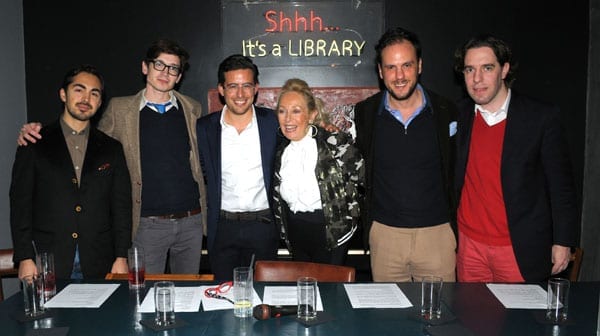
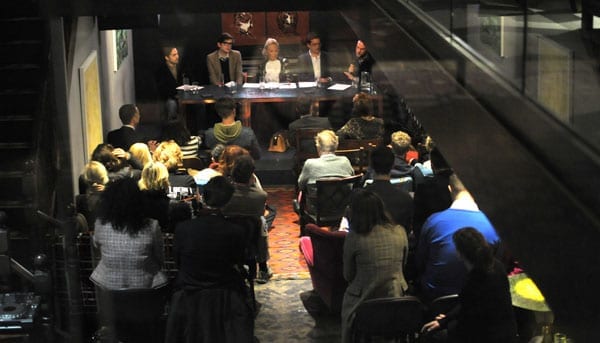
In the 45-minutes that followed, compere Jackie Branston guided photographer and filmographer Cyrus Mahboubian, artist Alexander Massouras, silver dealer Oliver Newton of Koopman Rare Art and Taschen manager Nolan Browne through a series of questions relating to the art market. The outcome was fascinating and aside from discussing pricing and the power of art marketeers, the sensationalist revenue led shows put up on by London’s museums were amongst the topics raised.

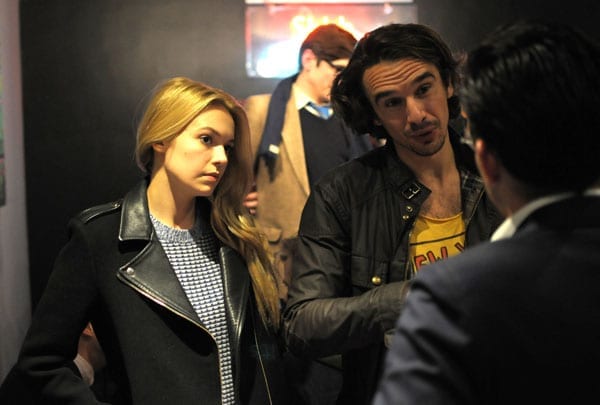
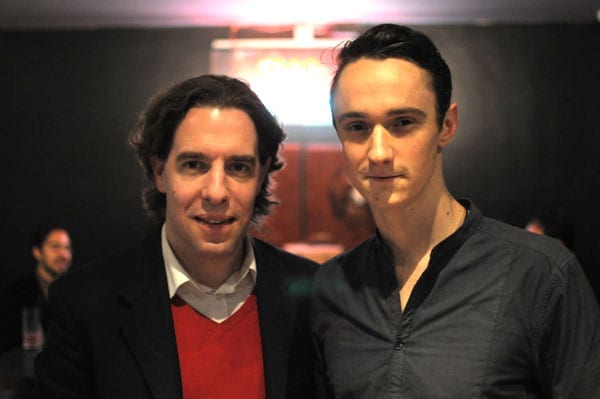

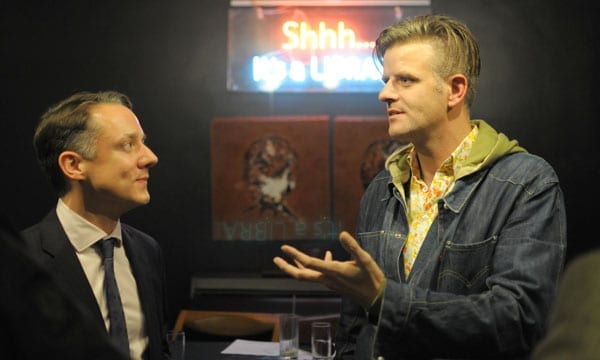
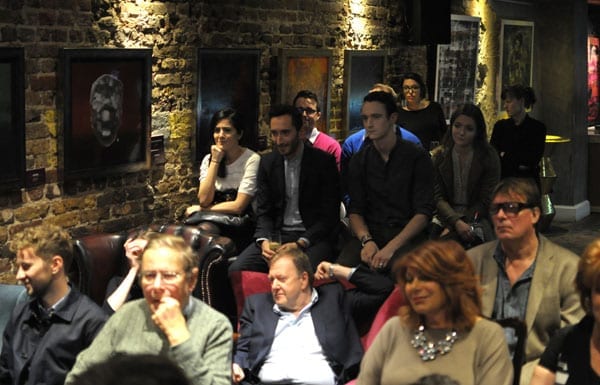
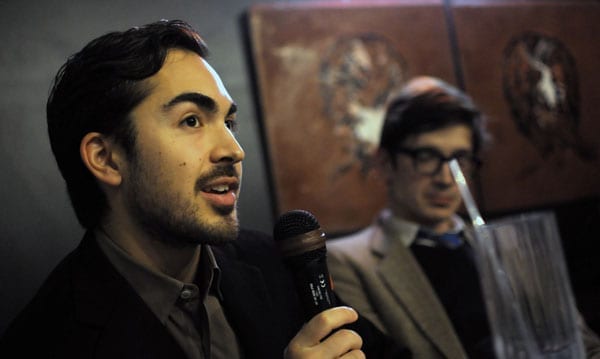

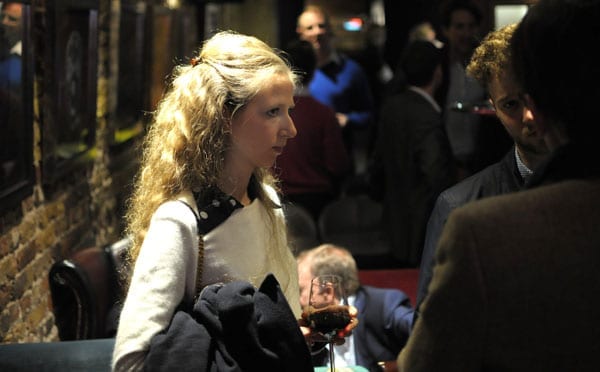
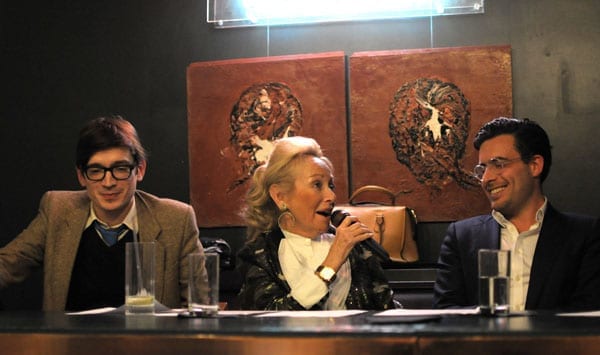
Guests and panelists traveled from as far Kent and Oxfordshire and over the next months, we look forward to inviting you to further events with amongst others adventurers, financiers, philanthropists and property experts in a variety of locations.
All photographs © David Kerr.
Subscribe to our free once daily email newsletter here:










Is the talk on video?
What makes art sell? Theoretically fashionable taste and contemporary trends, but sadly at the very top of the market, art provides one of the most effective international money laundering conduits available which has a much greater impact on what does or does not sell than anything else. There are more scams at the top of the art world than anywhere else and price rigging is extremely common. I used to know one of the greatest art detectives of our time whose true identity and real image has never appeared in the press because he always used stooges and false identities. He was ex Special Forces and some of the things he got up to were far more colourful than the stuff of Hollywood. I owned a high tech security business at the time and we used to design and supply him with bespoke specialist surveillance equipment to help him track art thieves and stolen artifacts, most of which were valuable pictures. He would follow a picture around the world for years sometimes before recovering it, which he usually did by informing the local authorities where this was practical.However, due to the nature of some of the countries that high end art moves through,occasionally the local authorities were part of corrupt regimes so he was forced to take rather more unconventional action of the “mission impossible” type. He was a real life James Bond and the stories he used to tell me about what went on in the art world behind it’s respectable facade were quite astonishing.
did you record the debate? do we now know what makes art sell or is it just a blank canvas?
I am glad it went well! Congratulations Matthew for the initiative. Unfortunately I missed it due to prior family engagement.
From this you can see very clearly how very, ‘middle’, ‘middle’ class this network is.